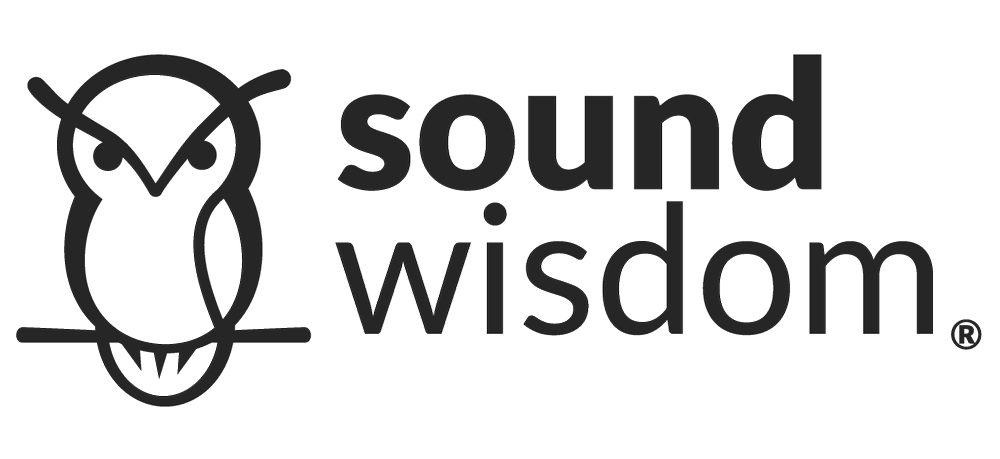Ten Questions Every Business Owner Should Ask Themselves (but Probably Don’t) by Steve Miller
As marketers, we’re often reminded of the important basics: What are our objectives? Who is our targeted customer? Where can we find them? What need do we fill for them?
As a Strategic Marketing Gunslinger (OK, I’m a consultant), my experience, plus the education I received through the “School of Hard Knocks,” has pushed me to go deeper. I’ve advised corporations and trade associations for 33 years. When I consult, I ask my clients the following questions, and the vast majority can’t answer them.
Guess what? This creates an opportunity for YOU. Being able to answer the following questions gives you a leg up compared to your competition. Focus on these, think carefully about your answers, and you’ll enjoy an unfair advantage. Commit to conquering them, and they’ll make you Uncopyable.
So here you go—ten questions every business owner should ask themselves (but probably don’t). How many can YOU answer?
How would you sell against YOU?
What gives YOUR product or service the advantage? What gives THEM the advantage? Think about it: if you switched sides, what would you attack/avoid? What are the weaknesses you could go after? This can be a big eye-opener. When you put yourself in the competition’s shoes, you might find some real gaps in your offerings. If so, pay attention to and fix them.What is your closing rate?
If I gave you one hundred new leads, do you know how many customers your company would generate on average? You don’t? Then how can you possibly set annual, realistic, fact-based revenue goals? You can’t. Your projections are just WAGs (Wild A-- Guesses).
Unfortunately, you’re not alone—over 95 percent of my consulting clients were unable to answer that question when we first started working together.Who is your BIG MOOSE?
In the language of Uncopyable, we call your Target your “Moose.” But not all Moose are the same. If you’re like most businesses, 80 percent of your business comes from 20 percent of your customers. Basically, if you’re generating $10 million in revenues from 100 customers, then $8 million is from 20 of your customers. These are your BIG MOOSE.
Who are these people/companies? How can you analyze them to find some type of commonality between them? Are they in a specific industry or specialty niche? Do they all belong to the same country club? Do they have a common unique challenge? Your objective, naturally, is to be able to look for more of them!What is the long-term value of your average customer?
Most businesspeople see a customer from a transactional perspective. How big was the last order? How big can I make the next order? How many orders can I get from them this year? It’s unusual, however, for businesses to see customers from a lifetime-value perspective, but that’s exactly how we should see them!
I learned this lesson years ago from Stew Leonard, owner of Stew Leonard’s, an east-coast grocery store. Stew told me that he pictured each of his regular customers with a $50,000 label on their forehead. He explained that his average good customer spent $100 per week at his store. He figured if he took good care of them, they would shop once a week for 50 weeks out of the year (two weeks off for vacation).
He then figured if he took VERY good care of them, they would shop at his store for at least ten years. One hundred dollars per week for 50 weeks for 10 years equals $50,000! Stew went on to say that a $50,000 customer is very different from a $100 customer! Figure it out. How much is the lifetime value of a customer? Then figure out the lifetime value of an average customer. How much would you spend (invest) to generate a customer?What is your formal referral marketing strategy?
How recommendable are you? How many recommendations have you received in the last three months? Almost every business owner I’ve met will tell me their company gets most new customers from referrals. Yet almost every one then admits they don’t have a formal referral marketing strategy! Does this make sense? Our #1 tool for generating new business and we don’t give it our highest priority? We don’t move heaven and earth learning how to build this strategy and we don’t crawl over broken glass to implement one? Here’s a huge tip—be recommendable first and then help facilitate that recommendation. What’s worth talking about GETS talked about…but you also want to help it along!What marketing tools do you use regularly to fill the funnel?
What new tools have you tested in the last three months? The first question may be easy to answer, but not the second. We ALL develop habits and routines. It’s only human nature to get into our comfort zone and want to stay there. If we learn how to use direct mail, what tool do we use over and over? Direct mail! Do we try other new tools? Sometimes, but we often only give them cursory effort. Hey, we tried video marketing once, but it didn’t work! So we go back to the comfort zone and use direct mail. It may not always work, but we have confidence in it and are comfortable with it, so we stick with what we know and keep on keeping on.
New communication tools are being developed all the time. And our customers develop their own preferences for being communicated with. Some people like to just get e-mail. Some want phone calls. Some want to do Zoom. As we recover from the pandemic, some do, and will, want face-to-face communication. Our job isn’t to expect customers and prospects to bend to OUR personal preference. Our job is to make it as easy as possible for our customers to hear from us.What business are you in?
What business do your customers want you to be in? Say you make widgets. Who cares? Here’s the thing: you might think you’re in the widget manufacturing business, but you’re not. You, my friend, are in the customer satisfaction business. Your customer wants to be satisfied. They want problems solved, challenges met, and sleep uninterrupted.
Your goal is to have long-term relationships with your customers, right? What are your special abilities and competencies? How do your customers WANT you to use them?How many new customers did you attract in the last three months? How many customers did you lose?
You might know the answer to the first question, but what about the second? Look, NOBODY keeps all their customers forever. You will lose customers. This is important to track because you must make sure you've got a funnel filled with quality prospects to replace those you lose.The other reality is that you will also occasionally lose a big customer, and that hurts. Big customers are tough to quickly replace. Yet most businesses get caught off-guard when this happens. Developing a strategy that takes just such an occasion into account is critical to your long-term success.
Are you a transactional supplier or a transformational supplier? How do you know?
Transactional suppliers are focused on the next sale, the next quarter’s revenues. Transformational suppliers are focused on helping their customers be more successful as a result of their relationship.
Which brings me to the last and most difficult question:How much new money did your customers earn last year as a result of their relationship with you?
So, how’d you do? I believe the questions are ALL important. I’d suggest you take the time to think about every single question you don’t have an immediate answer to. Each one of these, answered correctly, can help you become Uncopyable.
To learn more about the strategies and tools to make your company Uncopyable, check out the updated and expanded edition of Uncopyable: How to Create an Unfair Advantage Over Your Competition. Steve Miller is an author, professional/virtual speaker and business advisor. Since founding The Adventure LLC in 1984, Miller’s consulting clients have ranged from solo entrepreneurs to Fortune 100 mega corporations, including Starbucks, Coca-Cola and Procter & Gamble. For your FREE copy of 108 Secrets to Grow Your Uncopyable Business (ebook), go to 108Secrets.com.



